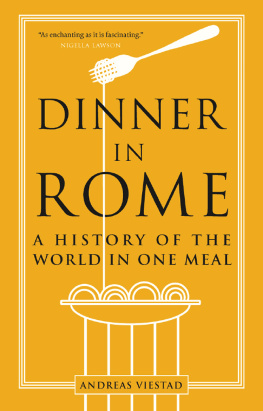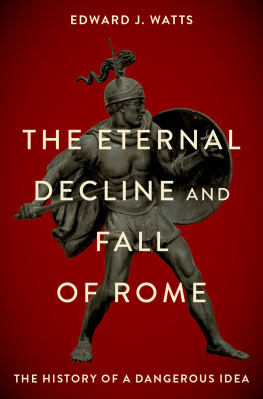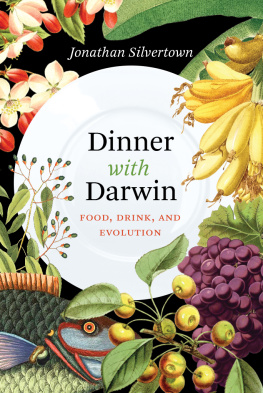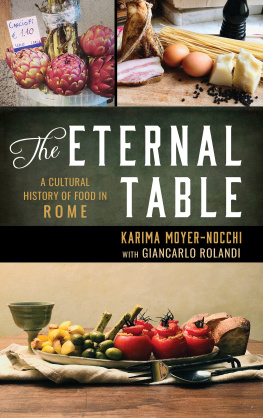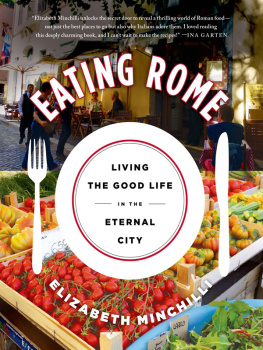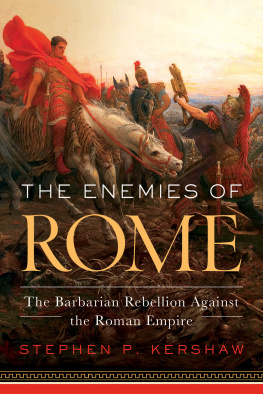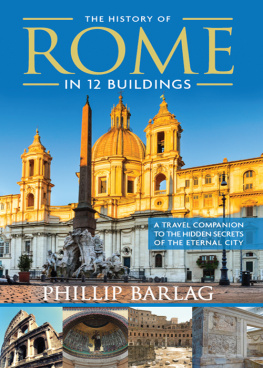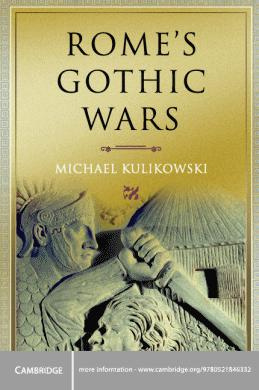As enchanting as it is fascinating: Andreas Viestad has a calm gift for evocative scene-setting, story-telling and, crucially, for making and exploring connections that bring everything illuminatingly to life. Nigella Lawson
Andreas Viestad has written a fascinating, thought-provoking and funny book about the importance of food in history. He zips seamlessly between the smells and flavors of a meal in a restaurant in Rome and the long lines of history. Alice Waters
A fascinating look at food and its history through the prism of one classic restaurant in Rome. Andreas Viestad has created a culinary archaeology thats as erudite as it is gripping. Hes as comfortable with amusing asides and anecdotes as he is with the deepest digs. His writing leaves you entranced, hugely enlightenedand hungry. Marina OLoughlin
A uniquely beautiful, historical account of Andreas two-hour meal at a well-known trattoria in the Campo dei Fiori area of Rome. For me, Rome is the eternal city and one that I love for its history, art, architecture, and food. Andreas has brought the history of the world to life through a meal at a Roman table. He writes an entertaining and beautifully written account of how food shapes not only who we are but where we were and where we go as humans. This is a wonderful addition to my collection of cookbooks and culinary memoirs and travel books. It is a book that tells the history of the world according to the food that is eaten on a leisurely afternoon in one of the worlds most beautiful and historical cities. A must-read. Lidia Bastianich, author, chef, and host of PBSs Lidias Kitchen
Insightful and enchanting. Viestad reminds us of the power of food and how it has greatly impacted the formation of world history. Eric Ripert
History and food memories are everlasting. They bring an eternal pleasure of time and place throughout the decades and centuries. This book reminds us of how deeply rooted food is in our travels, stories, and traditions. Daniel Boulud
If Culinary Archaeology had been a course major back when I was in college, I just might have graduated with honors. Andreas Viestad takes us on an evocative journey through time, effortlessly weaving past and present, and transforming one classic Roman meal into an appetite-inducing learning experience. This is the best possible insalata mista: with equal parts cookbook, history lesson, travelogue, and fantasy. Its right up there with sitting in the Campo dei Fiori on a gorgeous spring day, devouring a hillock of crispy carciofi alla guidea. Danny Meyer, restaurateur, author of Setting the Table: The Transforming Power of Hospitality in Business
Everyones dream is to visit Rome, to sit down at a restaurant and enjoy one Italian meal that makes you experience flavor, tradition, and passion all at the same time. Andreas Viestads must-read Dinner in Rome takes things a step further, inviting you to travel with your mind and your palate. His two-hour dinner is a journey to last a lifetime. Cristina Bowerman, chef patron, Glass Hostaria, Rome
Fantastic book! Essential reading for anyone who loves Italian food and wants to immerse themselves in the incredible food culture of Italy. Giorgio Locatelli, chef
DINNER
IN
ROME
A HISTORY OF THE WORLD IN ONE MEAL
ANDREAS VIESTAD
Translated by Matt Bagguley

REAKTION BOOKS
Published by
REAKTION BOOKS LTD
Unit 32, Waterside
4448 Wharf Road
London N1 7UX, UK
www.reaktionbooks.co.uk
First published in English 2022
English-language translation Reaktion Books 2022
This book was first published in Norwegian in 2020 by Kagge Forlag as under the title En middag i Roma: Verdenshistorien i et mltid
Copyright Andreas Viestad
First published by Kagge Forlag, 2020
Published in agreement with Oslo Literary Agency
Matt Bagguley asserts his moral right to be identified as the translator of the work.
All rights reserved
No part of this publication may be reproduced, stored in a retrieval system, or transmitted, in any form or by any means, electronic, mechanical, photocopying, recording or otherwise, without the prior permission of the publishers
Printed and bound in Great Britain by
TJ Books Ltd, Padstow, Cornwall
A catalogue record for this book is available from the British Library
eISBN 978 1 78914 676 9
CONTENTS
THE CENTER OF THE UNIVERSE
L A CARBONARA is perhaps the best restaurant in Rome. It has too many guests, is too hectic, and has too high a turnover. Its in too prominent a location, quite simply. Yet I always end up here, after a long day of walking the cobblestones around the ruins, palaces, and museums of the Eternal City. The restaurant is located to the north of Campo de Fiori, a busy square in the middle of Romes historic center.
In the morning, the vegetable traders arrive in small trucks or overladen three-wheeled scooters. Then come the florists and those manning the tourist stalls that sell cured meats, truffle oil, and alphabet-shaped pasta. All day the place is crowded with people, a mix of Romans and tourists alike. Right now, as evening approaches, the bars along all sides of the square are filling up. The vendors are starting to pack away, leaving the area strewn with broken carnations and trampled cauliflower leaves. A small mechanical street cleaner, just slightly more effective than a regular broom, drives awkwardly between the stalls.
James Joyce once wrote disdainfully, Rome reminds me of a man who lives by exhibiting to travelers his grandmothers corpse. And it is easy to see his point. History is everywhere. You can sit on the same marble steps the emperors sat on, walk on cobblestones that once ran with the blood of saints and gladiators, visit monuments to the madness and creativity of mankind, and see places that have been crucial to the development of Western civilization.
On my first visit to Rome, I wandered round with my eyes ablaze. If I wanted to walk from one part of the city to experience the sights in another, I would always stumble upon several other historic monuments on the way. It was fascinating, but also exhausting.
Things didnt get much better when I married an archeologist. For a profession where you live off studying, not peoples grandmothers, but their great-great-great-great-great-grandmothers corpses or remains, Rome is the place. By experiencing the city through my wifes eyes, I learned to listen to Romes history as told through its buildings and ruins. When she shows me around, we might stop at a cobblestone, an uneven surface, or a fragment of an ancient pillar in a far newer house. She has shown me how Rome is built upon ancient foundations, using materials from the citys many previous lives, and that even dilapidated buildings and ruins have a dignity of their own.
An ever-recurring subject among the archeologists I hang out with is fieldwork. These months or years of working on an excavation, digging and analyzing, continue to provide them with perspective and stimulation long after theyas most people do end up behind a desk in a public office. Fieldwork gives them a lasting sense of feeling special, because they have, after all, experienced the jubilant triumph of being as close to history as you can get. Youre standing right where the previous inhabitants stood, with exactly the same object in your hands, my wife explains, radiating the same enthusiasm she tries to convey to her students.

